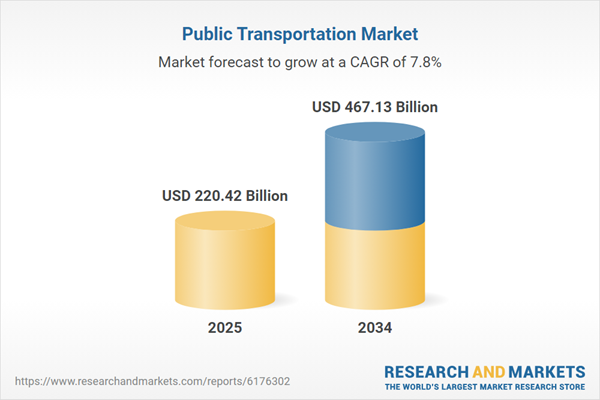Analysis of Digital Media Infrastructure and its Alignment with Sustainable Development Goals
Executive Summary
An examination of the underlying technical architecture of a contemporary digital news platform reveals a complex ecosystem of technologies designed for content delivery, audience engagement, and economic sustainability. This report analyzes these components through the lens of the United Nations Sustainable Development Goals (SDGs), demonstrating a direct correlation between modern digital infrastructure and the advancement of global development objectives, particularly in the areas of innovation, institutional strength, and economic growth.
Digital Infrastructure and Innovation (SDG 9)
The platform’s architecture is a clear example of resilient infrastructure and innovation, which are central to SDG 9: Industry, Innovation, and Infrastructure. The operational framework is built upon a variety of sophisticated systems that ensure its functionality and continuous improvement.
Key Technological Components:
- Analytics and Measurement: The integration of tools such as Google Tag Manager, Comscore, and other proprietary analytics scripts is fundamental. These systems allow for the collection and analysis of user data, which drives innovation by providing insights into audience behavior and content performance. This data-driven approach supports the goal of building effective and reliable infrastructure.
- Content Delivery Networks (CDNs): The use of CDNs (e.g., rackcdn.com) for hosting assets like images and scripts ensures efficient and resilient delivery of information to a global audience, a key aspect of SDG 9’s focus on reliable infrastructure.
- Modular Web Design: The code indicates a structured and modular design (headers, wrappers, components), which allows for scalable and sustainable development of the digital platform.
Public Access to Information and Strong Institutions (SDG 16)
The primary function of a news platform is to provide public access to information, a cornerstone of SDG 16: Peace, Justice, and Strong Institutions. Specifically, Target 16.10 aims to “ensure public access to information and protect fundamental freedoms.”
Mechanisms for Information Dissemination:
- Social Sharing Integration: The platform explicitly includes tools for sharing content across various social networks (Facebook, X/Twitter, Messenger) and communication channels (email, text). This directly supports the wide dissemination of information, empowering citizens and fostering transparency.
- User Engagement Features: The inclusion of a comments section encourages public discourse and engagement, contributing to the development of an informed and participatory society.
- Challenges to Universal Access: The presence of code related to metered paywalls (“Metered story (paid)”) and subscription services (“TINYPASS”) highlights the ongoing challenge of balancing economic sustainability with the goal of universal access to information. This tension is a critical consideration in achieving SDG 16 in the digital age.
Economic Models for Sustainable Journalism (SDG 8)
The long-term viability of institutions that provide access to information depends on sustainable economic models, which aligns with SDG 8: Decent Work and Economic Growth. The platform’s code reveals a multi-faceted strategy to ensure its financial health.
Revenue and Sustainability Strategies:
- Digital Advertising: The framework includes dedicated placements for various forms of advertising, such as “Rich Media Ad” and “wallpaper” ads. This advertising revenue is crucial for funding journalistic operations, thereby creating jobs and contributing to economic growth.
- Subscription and Monetization: The implementation of a paywall system represents a direct revenue stream from consumers, promoting a sustainable business model that is less reliant on advertising alone. This supports the creation of decent work for journalists and media professionals.
- Partnerships for the Goals (SDG 17): The reliance on third-party services for analytics, advertising (e.g., Admiral), and social media constitutes a form of partnership. These collaborations between the media outlet and technology companies are essential for the platform’s operation and economic success, reflecting the spirit of SDG 17.
Analysis of the Article in Relation to Sustainable Development Goals (SDGs)
1. Which SDGs are addressed or connected to the issues highlighted in the article?
Based on a thorough analysis of the provided text, no Sustainable Development Goals (SDGs) are addressed or connected to the content. The text consists of HTML source code, JavaScript snippets, and comments related to the technical structure and functionality of a webpage, such as analytics, advertising, and user account management. It does not contain any narrative or discussion about social, economic, or environmental issues.
2. What specific targets under those SDGs can be identified based on the article’s content?
As no SDGs could be identified in the article, it is not possible to identify any corresponding specific targets. The content is technical in nature and lacks any information pertaining to the objectives outlined in the 169 SDG targets.
3. Are there any indicators mentioned or implied in the article that can be used to measure progress towards the identified targets?
The article does not mention or imply any indicators that can be used to measure progress towards SDG targets. The text is devoid of data, statistics, or qualitative descriptions related to sustainable development issues.
4. Summary Table: SDGs, Targets, and Indicators
| SDGs | Targets | Indicators |
|---|---|---|
| No relevant SDGs were identified in the provided text. | No relevant targets were identified in the provided text. | No relevant indicators were identified in the provided text. |
Source: post-gazette.com





